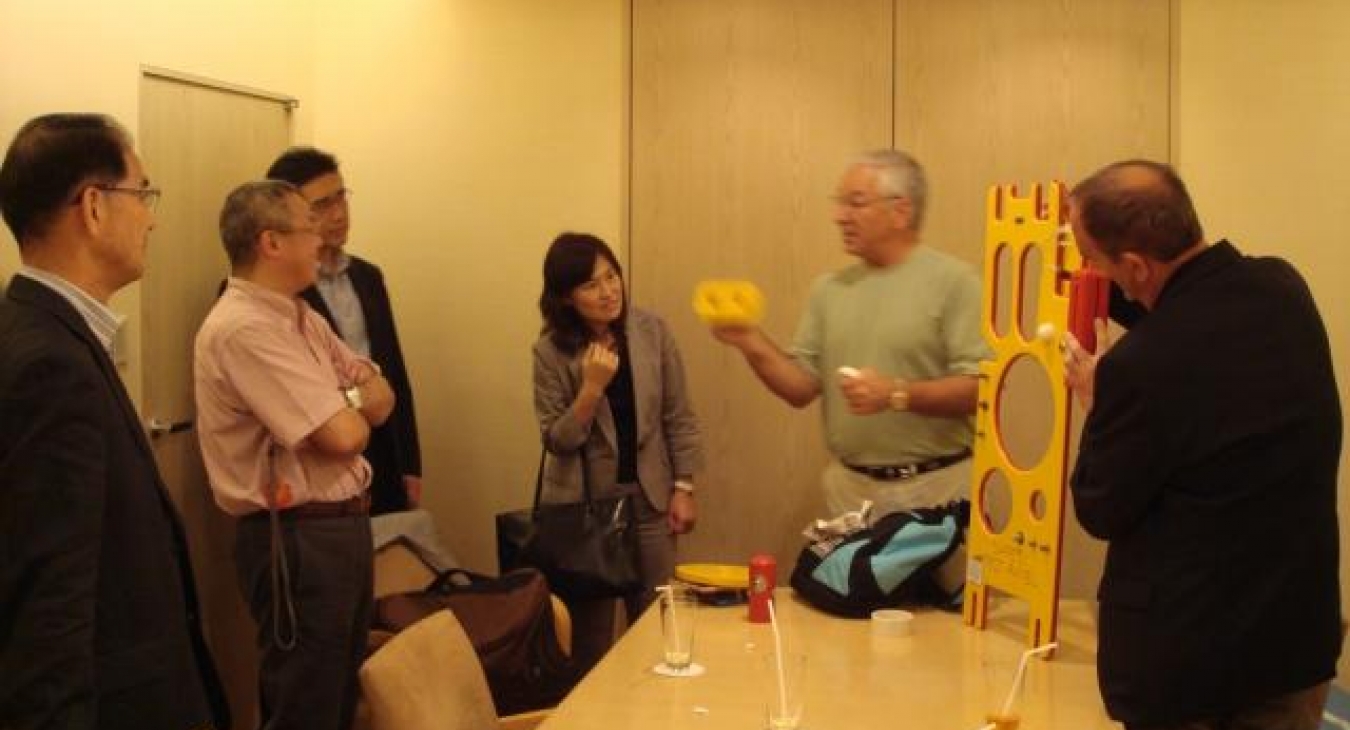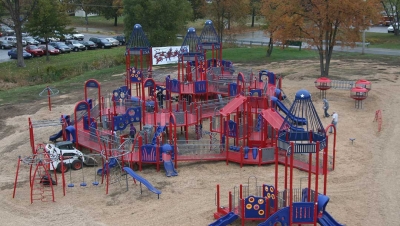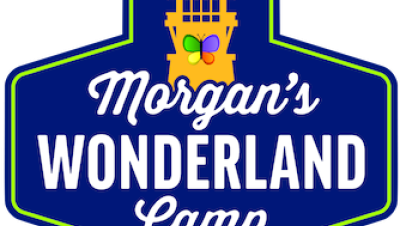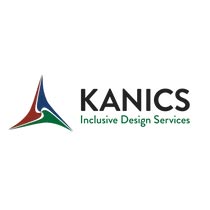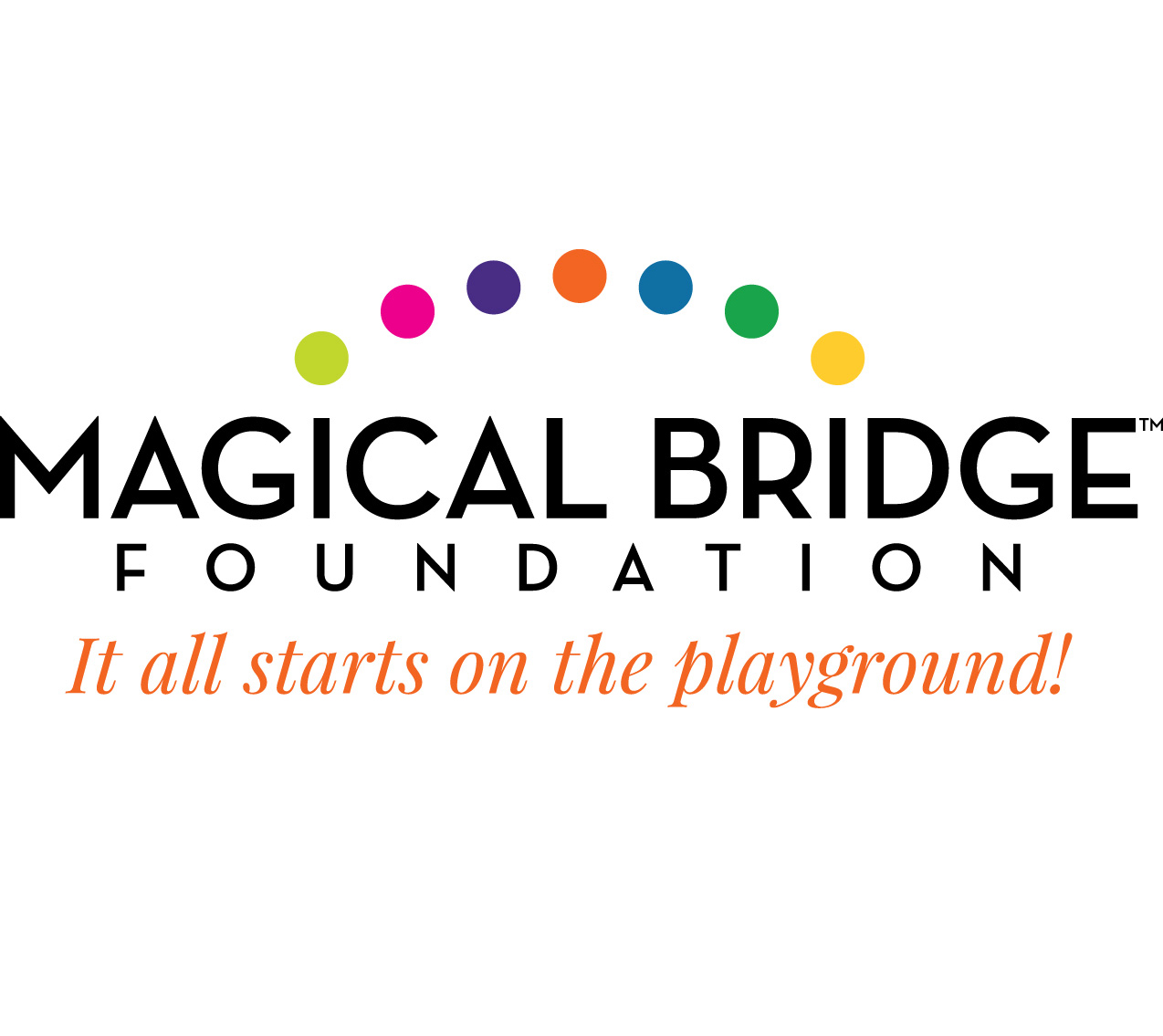My comments are in response to an email received from a CPSI and some confusion regarding inspections of play areas and the objectives or purpose of the inspection. I learned a long time ago that “one size fits all” does not work when it comes to playground safety inspections.
My book on playground management issues, Playground Safety Is No Accident, has been around since I first developed an inspection and safety program for play areas for my agency, Wheaton Park District, and it goes back to 1989. It might even go back a few more years when the Park Section of the Illinois Park and Recreation Association was trying to create a simple to use one page comprehensive playground safety inspection form. We all gave up after several years as the task at hand seemed impossible. I guess in some ways it was and it caused me to refocus on the objectives of the process. What resulted was the safety management plan for our public play areas.
The book became part of the agency risk management and lost control program and followed many of the risk assessment principles and procedures recommended by our intergovernmental cooperative risk management/loss control agency. My involvement early on in the ASTM standards development process taught me many things about the human factors and development issues within a child's environment.
Regardless of the type of public facility they should all meet current best practices and industry standards. Every good architect or general contractor conducts an inspection, or a final walk through, of their project prior to receiving final payment. The owner and all parties involved in the project should expect no less. An Audit or Compliance Inspection serves just that process. The resulting final report should assure the owner they are getting what they specified in the contract. If the architect’s plans and specifications are not up to industry standards or local codes, the owner will be at risk of exposure to legal actions as well as paying for something less than specified in the bid documents. Paying for poor performance can place everyone involved at risk when problems arise later and the legal system is trying to assess blame for the pain and suffering of a less than fortunate user. A Compliance Audit or Initial Compliance Inspection should identify any shortcomings with the project construction details, project specifications, use zone requirements, equipment installation errors, accessibility compliance, and impact attenuation surfacing performance compliance. Most inspectors do not provide surfacing compliance since they do not own the test equipment required to administer such a test, however, there are more and more companies capable of providing this post kind of post installation compliance field testing on your surface system. Manufacturer’s literature on their surface system is not sufficient proof to certify standards compliance. CPSI certification requirement is often an owner specified requirement for the post installation compliance inspection. Having an independent inspector from other than the architect, general contractor, installer and maybe even someone other than an agency staff member is a good idea. The U.S. Defense Department projects most often require an independent post installation inspection be by a Certified Playground Safety Inspector (CPSI). The owner needs to understand the limitations to the CPSI Certification credentials since the examination is evaluating one’s grasp of a specific body of knowledge and not their ability to accurately apply this knowledge in practice. A CPSI has been through two rigorous days of training and has received a passing score. It does not assure proper application of test methods and other standard requirements out in the field. A level of proficiency develops over time through regular practice and experience.
What I have learned through personal experience and trial and error is there are at least three different levels of playground safety inspections. In the CPSI Course we refer to the Audit or Initial Compliance Inspection as the post installation inspection to find anything that does not comply with the industry standards and the facility plans and specifications. It may only need to be done again if standards or local codes require one. From that day forward the owner is responsible to maintain the facilities’ function, aesthetics, sanitation, and safety. This can be accomplished through two other types of inspections. The first objective is to conduct a written inspection that identifies rapidly changing conditions in the play environment resulting from the use of the area, the life-cycle effects time has on the types of materials used in the playground equipment and surface system, and finally the effects the local environmental conditions have on the performance of the entire play area. To address these issues in a timely fashion the inspector should be conducting and documenting routine maintenance tasks and custodial processes such as litter removal, sweeping walkways, untwisting swing chain, graffiti removal, etc. This inspection process should be done as frequently as necessary to meet the agency’s expectations as stated in their own policies and procedures. The staff necessary to conduct this type of inspection process in writing requires little, but some, training. The time required to conduct these inspections is not much. Other standards organizations refer to this process as a routine visual inspection and should be documented in writing.
The other type of inspection that needs to occur throughout the life of the facility is done less frequently than the routine visual inspection but at least annually. Its primary focus and objective is on preventive maintenance and repairs. It requires more staff training and experience, and other skills and training will likely be required. The inspector needs to conduct specific maintenance procedures as required by the equipment manufacturer and may include technical repairs along with some routine custodial tasks. This inspector should be able to assess a defective piece of equipment or some other safety concern and effectively remove from service any equipment or surfacing conditions that could cause serious harm to the children. The European and Canadian Playground Standards refer to this type of inspection as a seasonal or least annual operational inspection. While the knowledge and skill sets of inspectors may vary from one to the other, the primary objective is quite similar. Protect the safety of the user by identifying and correcting deficiencies in the play environment. The initial compliance safety audit inspection may be the only time in the life of the playground that the play area was in compliance with the current standard of care, the requirements within the designer’s plans, and the owner’s specifications.
The inspector conducting the compliance audits or compliance inspections, whether they are in-house staff or a private contractor, must have all the credentials and experience necessary to do the job well. The owner is responsible to make sure the inspector meets these job requirements and can perform to a level to meet all the objectives of whatever type of inspection is being specified. The other two types of inspections mentioned above are also the owner's responsibility regardless of who the inspector might be. The goal is to maintain that standard of care established by the owner, to assure the safety of the user, preserve the function of the equipment, and maintain the area to acceptable clean and attractive level as defined by the owner. Remember post installation compliance inspections verify compliance to some predetermined standard and the higher frequency routine visual and custodial inspections and the annual or seasonal lower frequency operational inspections maintain the play area to some predetermined standard of care.


